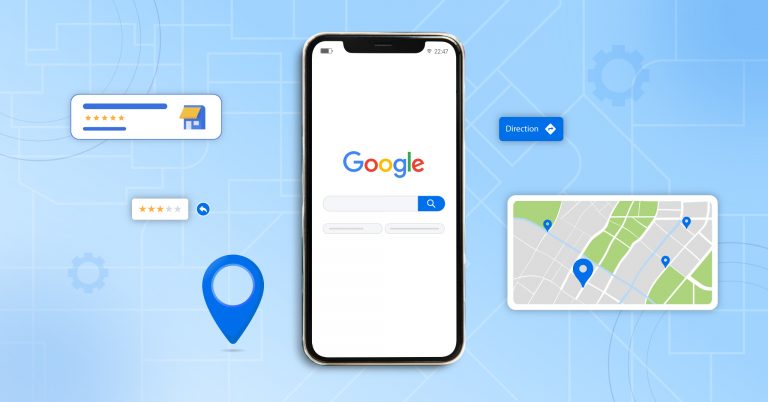Finding nearby stores, restaurants, or services is now as simple as a quick search on your smartphone.
This growing consumer behavior has fueled the rise of hyperlocal marketing, where businesses target people within specific geographic locations. For brands that depend on foot traffic, hyperlocal marketing can be a game-changer.
But while hyperlocal marketing is effective, what really matters is adopting mobile-first hyperlocal marketing. Why? Because consumers are increasingly searching for businesses on their phones, often with “near me” queries.
A mobile-first approach doesn’t just aim for better rankings in local searches—it tailors campaigns to the mobile user experience, using mobile ads to guide consumers directly to nearby stores.
This converts quick online searches into in-person visits, driving local revenue.
It’s not exactly new information that mobile devices are the easiest and most convenient way to discover businesses nearby. You do this as a consumer yourself, and there’s enough data to support the fact that the lion’s share of local service searches happen on mobile.
Naturally, this presents a prime opportunity for businesses to engage with customers—at the right moment.

Some of the most effective mobile-first hyperlocal marketing approaches include precision geo-targeting, engaging mobile-optimized ads, and optimizing storefronts for local discoverability.
Each of these tactics can help brands engage customers right where they are and at the exact time, they’re likely to take action, increasing the chances of driving foot traffic with mobile hyperlocal ads.
Geo-targeting is one of the most crucial and powerful hyperlocal marketing strategies.
It enables businesses and brands to engage with potential customers in specific locations, such as shopping centers, restaurant parks, or around a store.
Mobile location targeting has proven beneficial for retail and hospitality businesses, which considerably rely on push promotions, discounts, and time-sensitive offers like flash sales, happy hours, and loyalty discounts. It also supports brands in maintaining relevance among people in and around the vicinity.
Another effective way to attract more walk-in customers is to develop and optimize mobile-based local marketing campaigns that capture consumers’ attention when they are most likely to act.
The main idea behind this is to engage with customers through location-based banner ads, notifications, SMS alerts, and online reviews.
However, creating and managing these campaigns manually can be complex and time-consuming. To ensure the right message reaches the right audience at the right time, you need a tool that streamlines and optimizes engagement across multiple channels.
When searching for a business on our phone, we always look for quick access to crucial details like contact info, store hours, and credible business websites.
Thus, companies must ensure all this key information is readily accessible and well-optimized for mobile devices.
The attention span of a modern smartphone user is meager, and effective mobile-first hyperlocal marketing should set out this vital business information within reach of a single click.
Also Read: Common Google My Business Pitfalls to Avoid.
To effectively drive foot traffic with mobile-first hyperlocal ads, brands should focus on key best practices: using location data to personalize ads, refining campaigns through analytics, timing ads for optimal engagement, and ensuring mobile optimization.
Practicing the above standards can help you reach and engage with relevant customers while ensuring proper brand presence on the web.
As more people rely on their phones to make shopping choices, mobile-first hyperlocal marketing is becoming essential for brands that want to stay relevant and competitive.
With SingleInterface’s range of tools, brands can fine-tune their hyperlocal advertising on mobile to connect with consumers where they are, right when they’re most likely to engage.
By using geo-targeting, location-based ads, and mobile-optimized listings, brands can seamlessly convert online searches into in-person visits, creating a seamless bridge between digital interactions and real-world shopping.